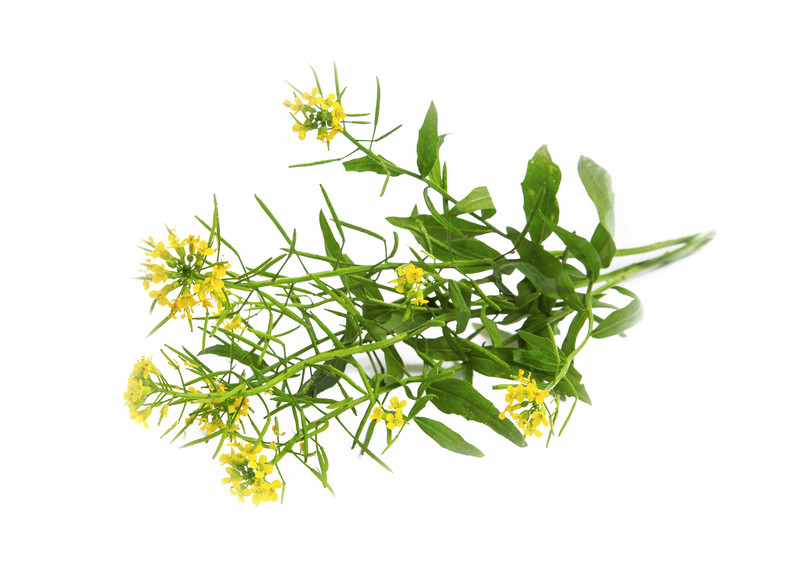Shepherd’s Purse is a cool-weather annual that is commonly found in lawns, gardens, orchards, vineyards, and along roadsides. It is also called a lady’s purse and pepper plant.
Shepherd’s purse is a member of the Brassicaceae or mustard family and so will grow easily where mustard grows.
The young leaves of shepherd’s purse, like mustard, can be served in salads or cooked as greens.
Botanical name: Capsella bursa-pastoris
Organic Weed Control at Amazon
- Monterey Vegetable Pre-Emergent Weed Control
- Homietina Heavy Duty Weed Barrier Fabric 4×300-feet
- Preen Natural Vegetable Garden Weed Preventer
- Green Gobbler 20% Vinegar Weed and Grass Killer
- WeedGuard Plus Biodegradable Paper Weed Barrier

Shepherd’s purse description and life cycle
- Seeds germinate in cool weather; winter in cool, but not cold, winter regions.
- Seedling leaves are small, pale green with tiny glossy dots.
- The plant grows 2 to 20 inches tall with a slender, erect stem sprouting from a basal rosette.
- True leaves are silvery grayish green; as leaves mature, they have indented margins.
- Lower leaves grow on stalks; upper leaves clasp to the stem.
- Small yellow or white flowers each with four petals alternate along the upper end of the stem.
- Seedpods are triangular and attached to the main stem; seeds are very small, orange-brown, or reddish.
- Reproduces by seed.
- Leaves are edible; the plant is a member of the mustard family.
Shepherd’s purse root system
Shepherd’s purse has a long tapering tap root.
Shepherd’s purse organic control
- Pull, hoe, or dig out the plant when young; remove the taproot.
- Do not let flowers or seeds form or drop.
- Kill seeds by solarizing the soil
Shepherd’s purse range
Shepherd’s purse is common throughout North America.
Four quick ways to control weeds
- Weed early. Control weeds in the first month after they germinate.
- Weed often. Hand weed every two weeks through the season.
- Weed by hand when the soil is wet (best to get roots).
- Use a hoe if the soil is dry. Decapitate weeds before they flower and drop seed.
Related articles:
Vegetable Garden Organic Weed Control
Vegetable Garden Organic Pest Control
Vegetable Garden Diseases Problem Solver
Garden Planning Books at Amazon:
- Vegetable Garden Almanac & Planner
- Kitchen Garden Grower’s Guide Vegetable Encyclopedia
- Vegetable Garden Grower’s Guide
- Tomato Grower’s Answer Book















